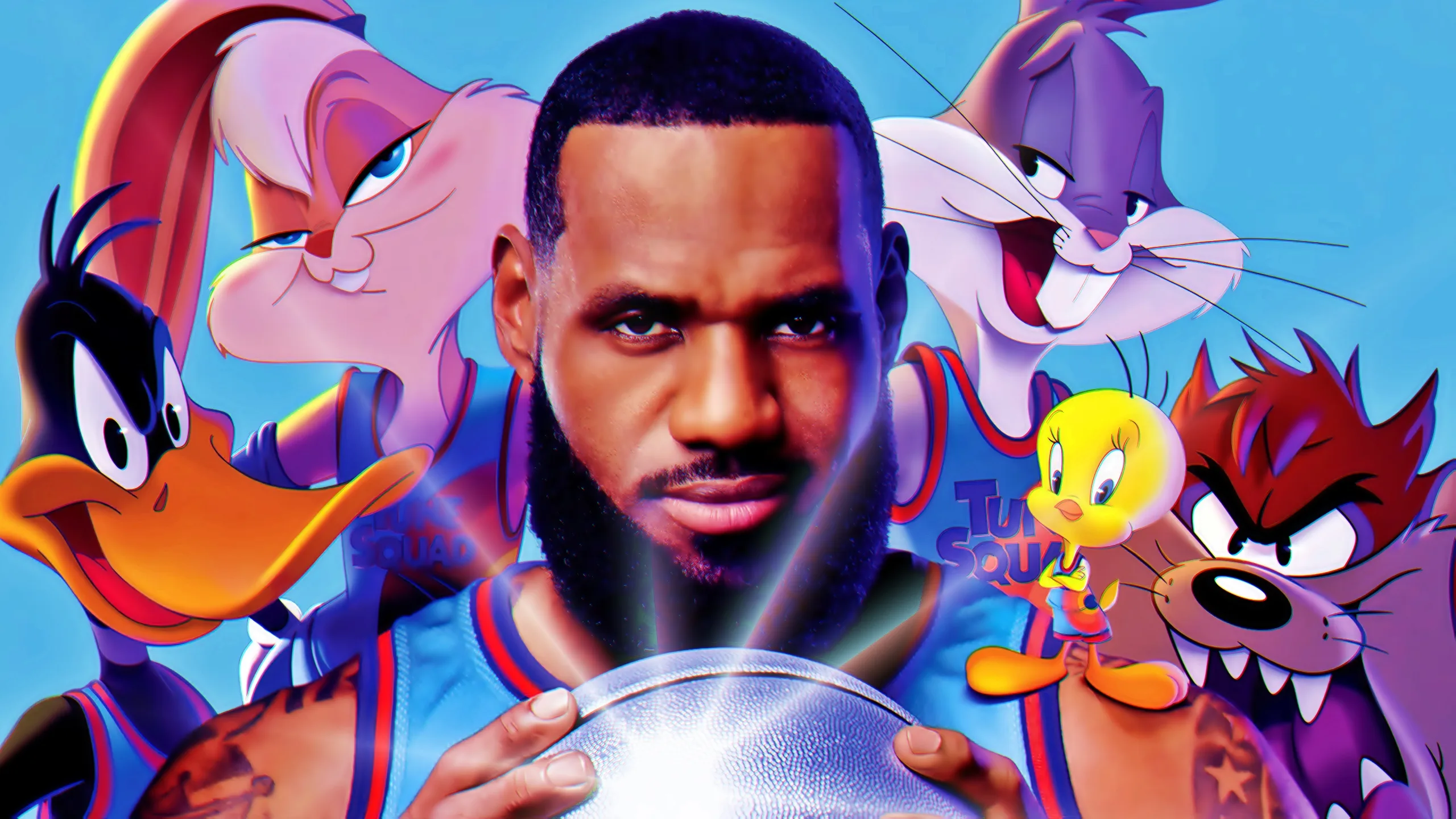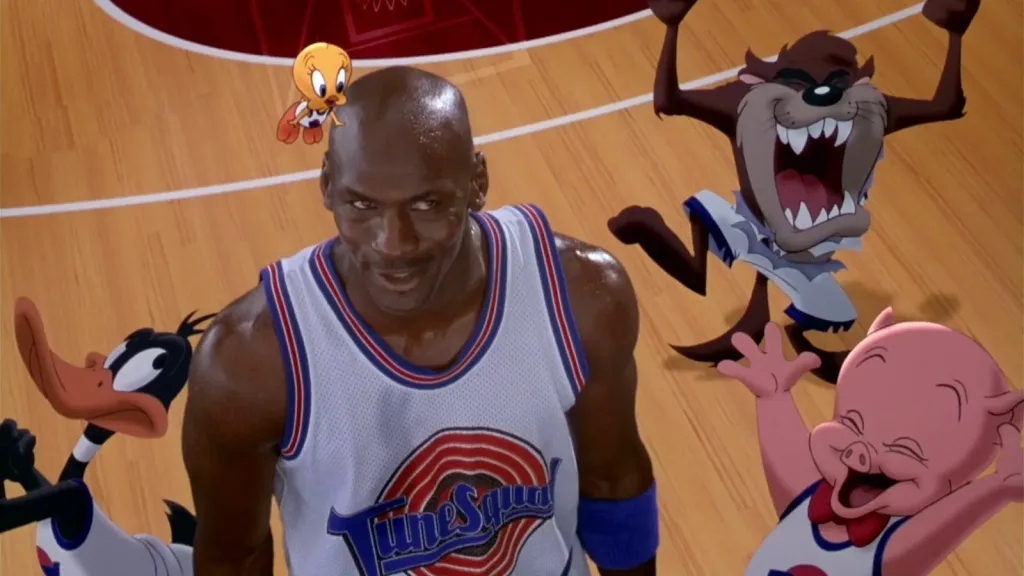
Michael Jordan as an Actor: Exploring His Role in “Space Jam”
Michael Jordan is widely regarded as one of the greatest basketball players in history, but his foray into acting also left a lasting impression. The 1996 film “Space Jam” became a cultural phenomenon, blending live-action and animation, and featured Jordan in the leading role. This article delves into his portrayal, the film’s legacy, and how it impacted both his career and popular culture.
The Context of “Space Jam”
When “Space Jam” was released in 1996, it captured the imagination of audiences worldwide. The film paired the world’s most famous basketball player with beloved Looney Tunes characters, creating an unprecedented mix of sports and entertainment. This innovative combination marked a turning point for both cinema and sports marketing, showcasing how two vastly different industries could come together to create something unique.
The idea for the film originated from a Nike commercial featuring Michael Jordan and Bugs Bunny, which resonated with viewers and sparked the concept of a full-length feature. Warner Bros. capitalised on Jordan’s immense popularity, ensuring that the movie would reach a global audience. The timing of the release also coincided with Jordan’s return to basketball, adding to the excitement surrounding the project.
Beyond its commercial appeal, “Space Jam” reflected the cultural zeitgeist of the 1990s, a period characterised by bold experimentation in media and entertainment. The film became a vehicle for exploring themes of teamwork, determination, and self-belief, which resonated with audiences of all ages. Its appeal was further amplified by a stellar soundtrack, featuring artists like R. Kelly and Seal, which became an instant hit.
The Plot and Premise
The storyline of “Space Jam” revolves around the Looney Tunes recruiting Michael Jordan to help them win a basketball game against alien invaders, the Monstars. The Monstars represent an existential threat to the Looney Tunes’ freedom, setting the stage for an epic showdown. The inclusion of animated comedy alongside a sports narrative made the film accessible to both children and adults.
Jordan’s character in the film is a fictionalised version of himself, allowing audiences to see a playful and exaggerated side of the basketball star. The script incorporates elements of his real-life journey, including his temporary retirement from basketball to pursue baseball, making the story feel personal and relatable. The film’s comedic moments, such as Bugs Bunny’s antics and Daffy Duck’s sarcasm, were perfectly balanced with the high-stakes drama of the game, creating a captivating narrative.
Michael Jordan’s Acting Performance
While Michael Jordan was a natural on the basketball court, his performance as an actor was met with mixed reviews. Critics noted his lack of formal acting training, which occasionally showed in his delivery. However, his undeniable charisma and iconic presence compensated for these shortcomings, endearing him to audiences worldwide. For a professional athlete stepping into the world of acting, Jordan displayed remarkable versatility and a willingness to embrace challenges.
One of the most remarkable aspects of his performance was his ability to connect with animated characters. Filming scenes with non-existent co-stars required immense creativity and adaptability. Despite the technological limitations of the 1990s, Jordan managed to bring sincerity to his interactions, which helped bridge the gap between live-action and animation. His portrayal added a sense of authenticity and heart to the film, making it more than just a visual spectacle.
Balancing Comedy and Drama
Jordan’s ability to navigate comedic and dramatic moments was commendable. His natural charisma made him a compelling lead, even in scenes that required him to react to imaginary characters. For instance, his exchanges with Bugs Bunny and Lola Bunny showcased his humour and light-heartedness, while his pep talk to the Looney Tunes team revealed a deeper emotional range.
Critics may have pointed out his occasional stiffness, but fans appreciated the genuine effort he put into the role. Jordan’s on-screen presence transcended his acting abilities, making him a relatable and inspiring figure. The film’s success was undoubtedly tied to his star power, which brought audiences to theatres and ensured its enduring legacy.

The Legacy of “Space Jam”
“Space Jam” became a global hit, earning over $230 million at the box office and achieving cult status. It introduced a new generation to Michael Jordan and further cemented his legacy as a cultural icon. The film’s impact extended beyond cinema, influencing sports marketing and cross-industry collaborations for years to come.
One of the reasons for the film’s lasting appeal is its innovative blending of live-action and animation, which was groundbreaking at the time. It paved the way for future films to experiment with similar techniques, expanding the possibilities of storytelling in cinema. Moreover, “Space Jam” demonstrated the potential of using sports figures in leading roles, proving that athletes could successfully cross over into the world of entertainment.
Cultural and Marketing Impact
The cultural impact of “Space Jam” cannot be overstated. It became a touchstone for 1990s pop culture, reflecting the era’s love for bold ideas and larger-than-life personalities. The film’s marketing campaign was equally iconic, with merchandise ranging from action figures to apparel, and a soundtrack that became a chart-topping phenomenon. Songs like “I Believe I Can Fly” by R. Kelly captured the film’s aspirational message and added to its emotional resonance.
Today, “Space Jam” remains a nostalgic favourite, symbolising the height of Michael Jordan’s influence and the creativity of 1990s media. The sequel, “Space Jam: A New Legacy,” featuring LeBron James, serves as a testament to the original film’s enduring legacy. As audiences continue to revisit this classic, Michael Jordan’s role in “Space Jam” is celebrated not just as an acting endeavour, but as a cultural milestone.
